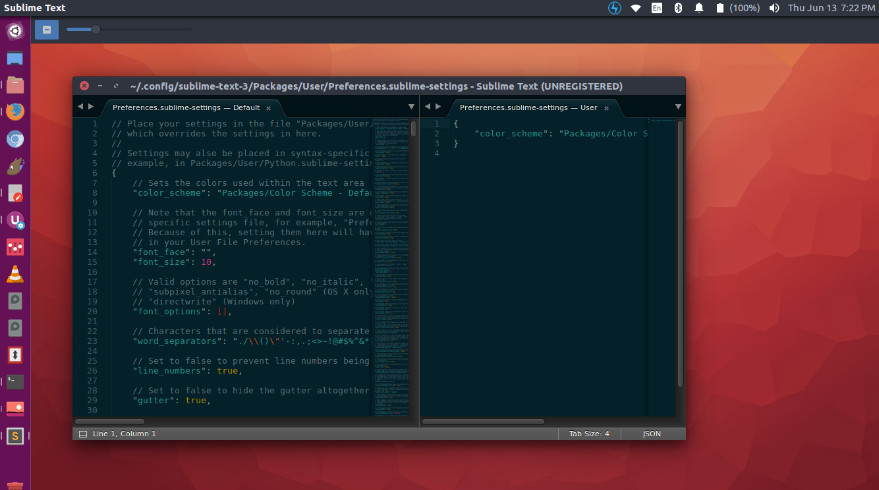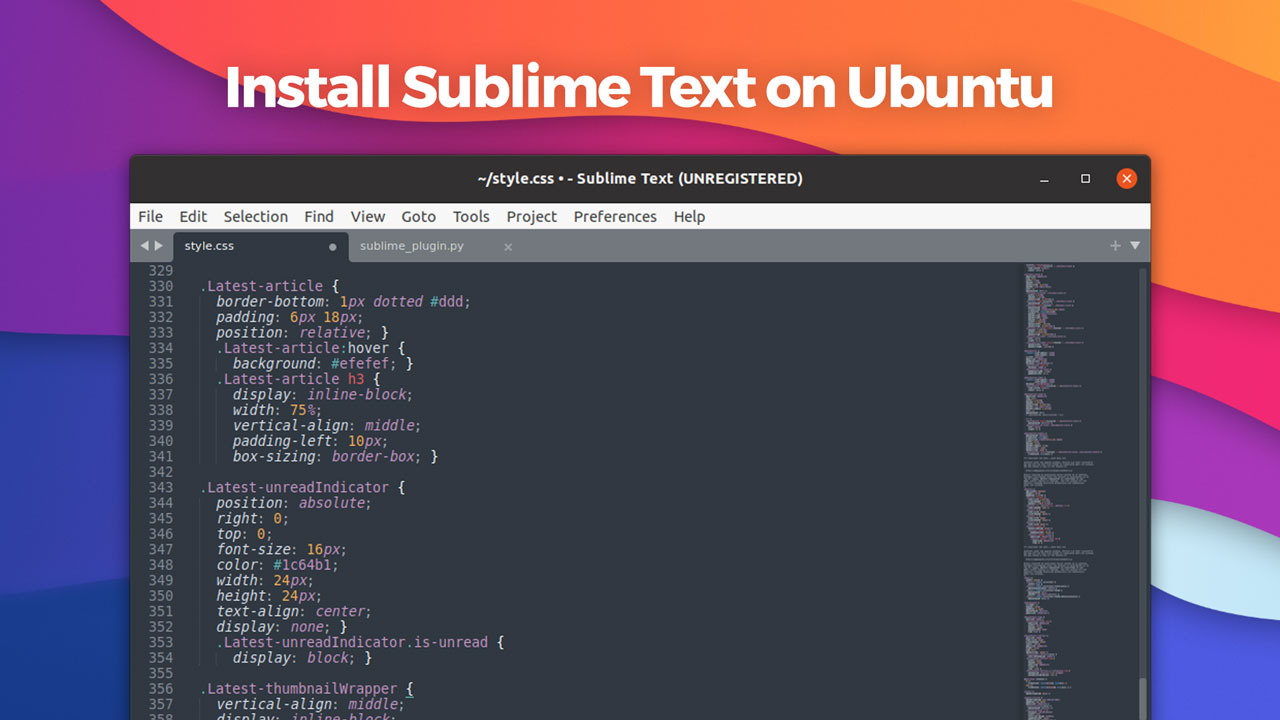
Set-Alias subl -Value "C:\Program Files\Sublime Text 3\sublime_text. If (!(Test-Path -Path $PROFILE.CurrentUserAllHosts)) BUT FIRST VERIFY YOUR PROFILE `FILE` EXISTS, IF NOT THEN THIS WILL CREATE IT. If you want to keep this against your profile try this: # TO PERMANENTLY KEEP EVERYTIME YOU OPEN POWERSHELL PLEASE ADD TO YOUR PROFILE. This is the easiest way to set and test the alias. Set-Alias subl -Value "C:\Program Files\Sublime Text 3\sublime_text.exe"Įcho "Testing`nNew`nFile`n." > $HOME\Desktop\TestFile.txt # REMOVE YOUR ALIAS FOR SUBLIME TEXT 3 IF IT EXISTS Here is what worked for me in PowerShell: # CHECK IF YOUR ALIAS FOR SUBLIME TEXT 3 EXISTS :: change the program name in the _Program if if you want other editor :: copy this file onto your Desktop, list the absolute paths in to the list file

:: Tested on Windows 10, should work on Win7 too :: to start a list of non-binary files from a list file on Windows 10 Set _Program="C:\Program Files\Sublime Text 3\sublime_text.exe" If there is an existing value, add a before the Sublime Text directory. :: set _Program="C:\Program Files\TextPad 8\TextPad.exe" In the Variable value input, add an entry with the Sublime Text installation directory. :: example of lines in the list file - take out the ::space :: contains absolute file paths of the files to open like this :: this is the dir containing the batch fileįor %%A in (%0) do set _MyDriveLetter=%%~dAįor %%A in (%0) do set _MyEtxtension=%%~xA :: this just an iso-8601 wrapper for windows: The fact is, the Sublime Text location can be anywhere on the drive, and knowing where it is and copying that particular location is one of the most important parts of assigning the PATH off
#Sublime text windows 10 bash code#
It includes wide features such as Syntax Highlight, Auto Indentation, File Type Recognition, Sidebar, Macros, Plug-in and Packages that make it easy for working with code base. That may work for some people, but for others the directions will be erroneous. Sublime Text editor is a sophisticated text editor which is widely used among developers. Note: I noticed someone else answered this in a similar fashion, but used a fixed location for Sublime Text. In the window that appears, click "New", paste in your Sublime Text path, and click "OK". In the resulting window, navigate to "path" in the bottom window, highlight it and click "Edit". Go to Control panel-> System-> Advanced System Settings-> Environment Variables
#Sublime text windows 10 bash full#
Navigate to your sublime text directory in Windows Explorer and copy the full path from the path bar.įor example, I have a few development tools set up as portable applications in Dropbox, so I copied the path:Ĭ:\Users\username\Dropbox\Programs\Sublime Text Build 3114 圆4

Going off the most accepted answer, but whose author unfortunately said modifying the PATH is "hard" - it's not at all.


 0 kommentar(er)
0 kommentar(er)
